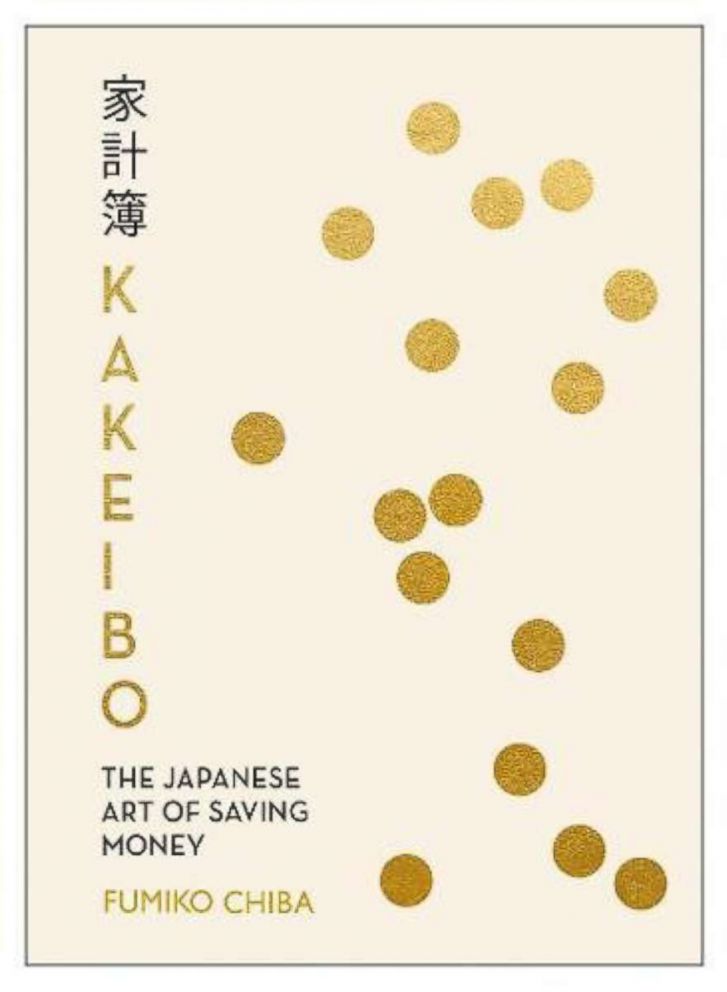Japanese budgeting hack to get your finances on track
A new method for getting debt under control and saving in the new year.
— -- A few years ago, Marie Kondo’s organizational revolution centered on a simple Japanese tidying plan that took the world by storm, and now a similar Japanese method for organizing your finances is gaining steam.
Kakeibo -- pronounced Kah-kay-boh -- means household financial ledger in Japanese, and is a way to make big-picture saving goals while monitoring your spending on a daily basis. It’s based on a century-old financial concept that originated in Japan but has been resurrected by a newly published book titled "Kakeibo: The Japanese Art of Saving Money."
The book is currently only available in English in the U.K., but the publisher told ABC News it’s releasing the book in the U.S. this fall.
The general concept starts with mindfulness about your goals -- Why are you saving? How much do you want to save?
Once the big-picture goals have been recorded, you go on to calculate your budget. It’s based on a concept financial planners dub the envelope system: You determine your monthly income and then either literally (with cash) or figuratively (in a written ledger) divide the income into envelopes.

These envelopes represent different categories of spending: the Kakeibo book suggests survival, optional, culture, extra, and saving. The "survival" envelope is for rent or mortgage, groceries, medical, utilities, and transportation. The next envelope, “optional” covers restaurants, take-out, and shopping for clothes. The third envelope, “culture,” is for music, cable subscriptions, movies, and books. Finally, “extra” is the envelope for any emergencies that come up plus things like gifts and repairs.
A final envelope, "saving," represents the money you specifically allocate to your cash-stashing goals.
Each month starts with a new allocation of money into the envelopes and then as you spend, money is withdrawn from each respective envelope until it’s all gone. Then, you wait for the next month to reallocate new income to your budget.
The book has daily entry lines like a diary for all your spending and income items so that thinking about your finances becomes a daily habit. Nudges in those day-to-day pages remind you of your big picture goals.
Stacey Tisdale, a behavioral finance expert and the author of "The True Cost of Happiness: The Real Story Behind Managing Your Money," told ABC News that she likes the book's concept.
“We've learned that when we set goals, that really gives us the motivation to do things like stick to a spending plan,” Tisdale said.
She added that the power of journaling brings those goals back into our peripheral vision.
“We spend for lots of different reasons," Tisdale said. "What’s great about journaling is that you can start to really look at what’s really driving your financial behavior.”
For those seeking a more modern way of implementing this system, one option is an app called GoodBudget, which is based on a version of the envelope concept. With the GoodBudget app you can create as many of these envelope categories as you like and give them customized names that resonate with your lifestyle. Then you tie the app to your bank and credit card accounts and it populates your spending, income, and balances in real time.
The popular finance app Mint from Intuit also has its own budgeting tool that gives you many different category options and also pulls from your accounts in real time. Mint is more of a Swiss army knife of financial apps so the budget aspect isn’t front and center, like GoodBudget, but it does give you features like notifications and alerts to high spending that keep your budgeting goals top of mind.




